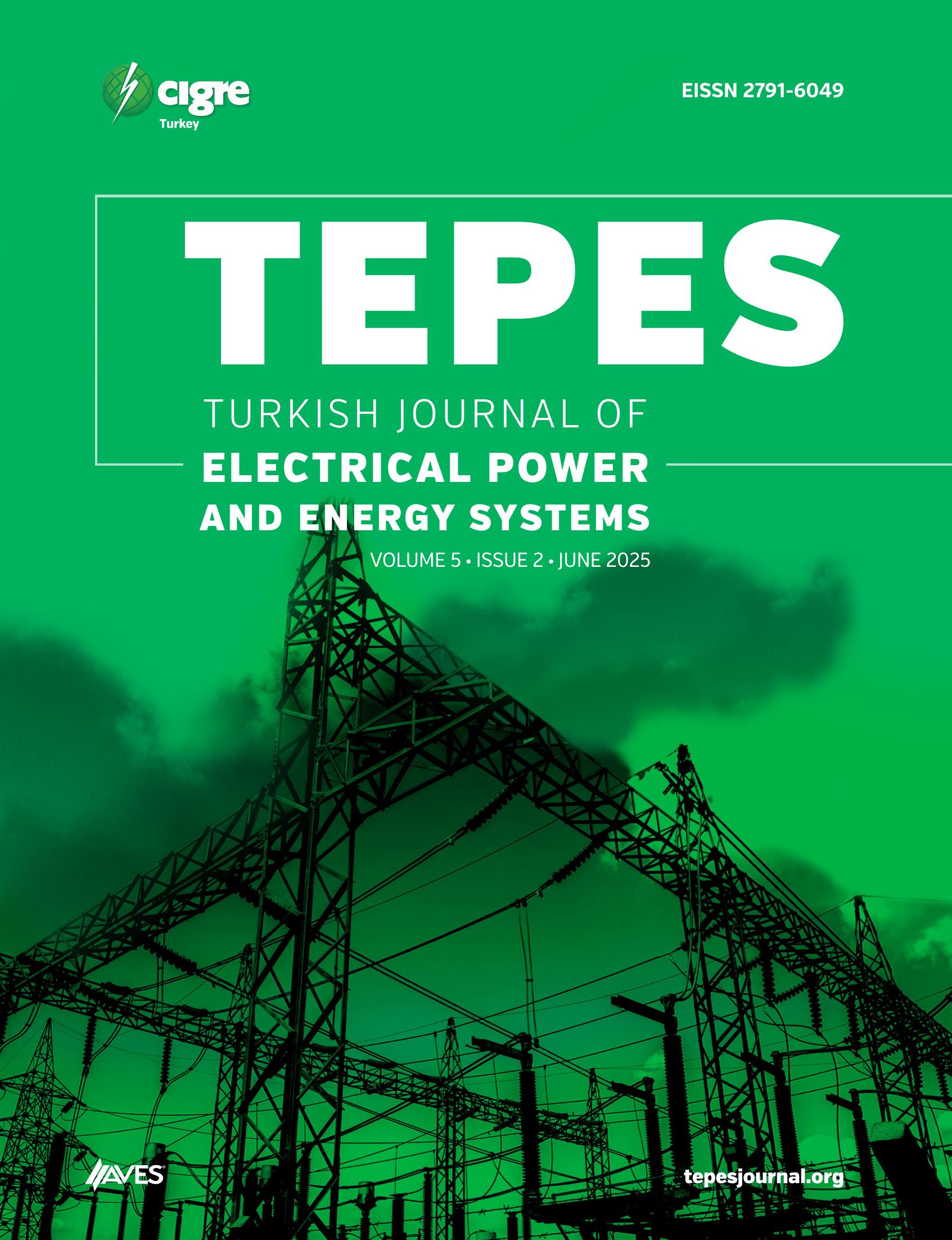Abstract
The PLAID database was published earlier last year and contains many households’ devices and appliances with numerous high-frequency measurements at different locations. In this paper, the researchers extracted features such as peak to peak, peak to root mean square, minimum, maximum, mean, median value, standard deviation, phase angle, active and reactive power from these current and voltage signals. A multi-layered and SoftMax back-propagated artificial deep neural network (DNN) has been trained and tested with these data. Batch normalization has been used to optimize the DNN. Different architectures, activation functions, and training algorithms have been tried out to get the best results. Then this method was implemented within a low-cost embedded system to identify appliances by using their current and voltage signature. This device provides an identification method using only one sensor within an embedded system, and accuracy of the DNN is slightly better than studies which use the same dataset. On the other hand, deploying trained neural networks on an embedded system can be tricky and overwhelming. This paper also demonstrated that using open standards for machine learning makes these processes and gives interoperability.
Cite this article as: Y. Güven, “Deep neural network implementation for appliances identification by using current and voltage signatures,” Turk J Electr Power Energy Syst., 2025; 5(1), 19-29.








